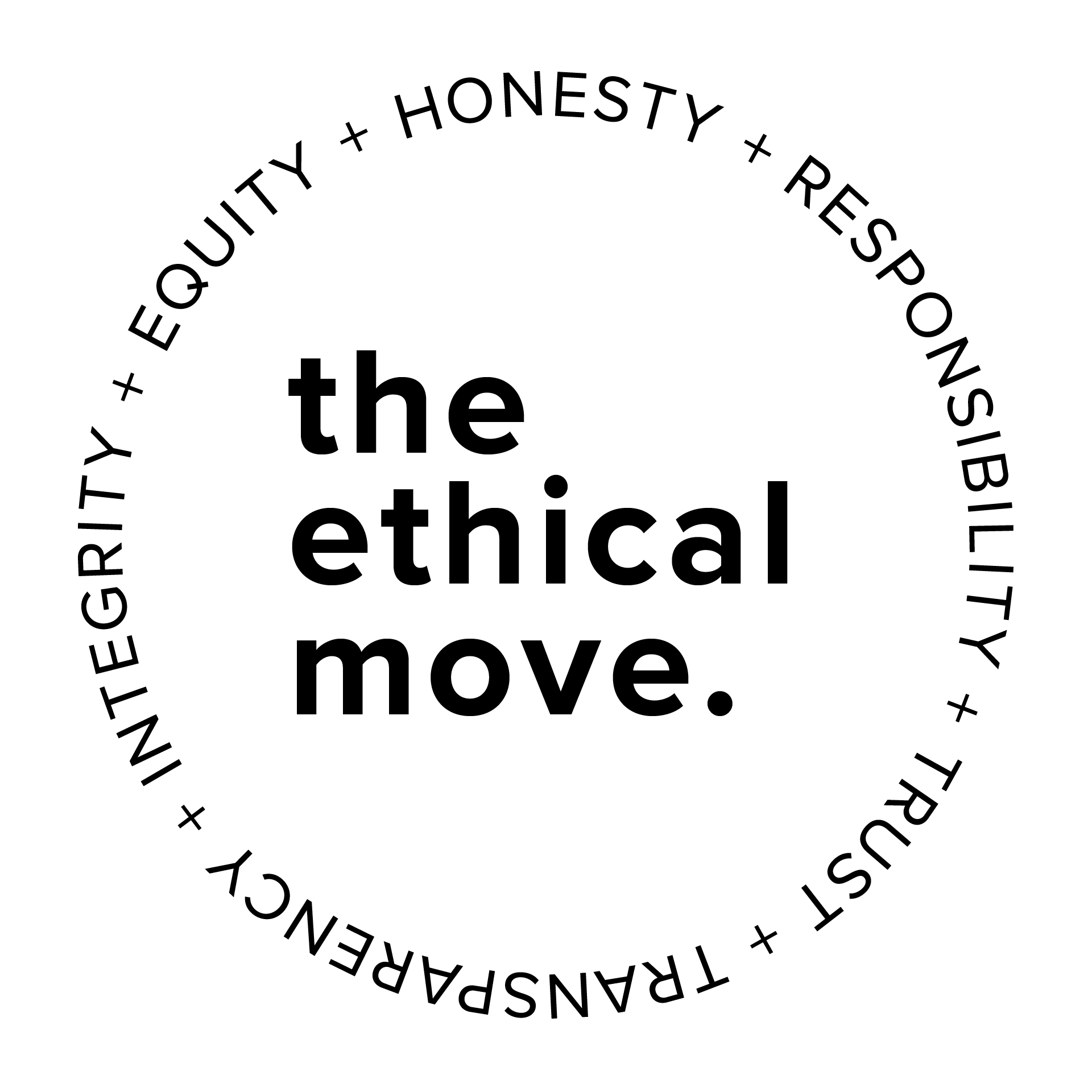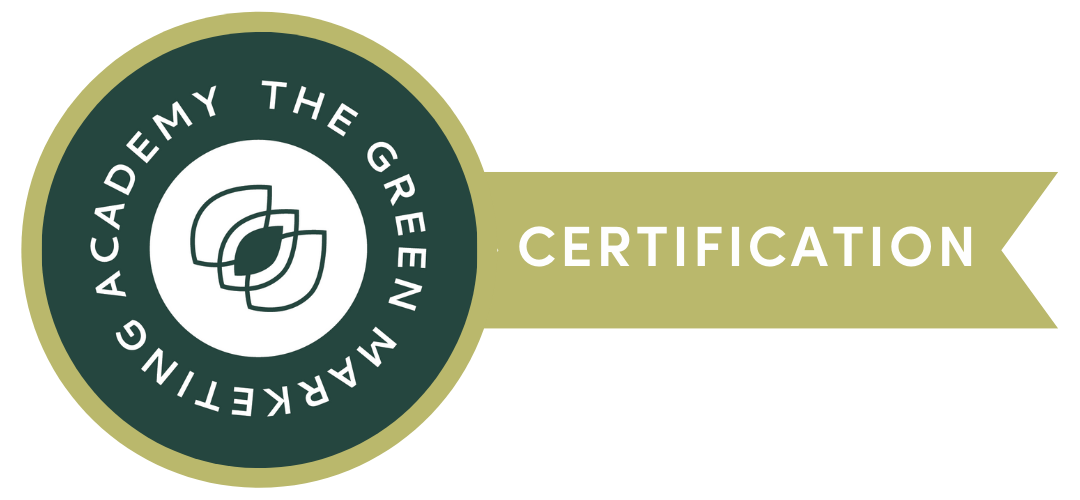What's integral to every memorable brand?
Originally published on RLC Roots via Substack. Subscribe to be the first to see our newest posts.
Four key cornerstones to define in order to amplify your brand's impact.
Quick Reminder: What is branding?
Branding, at the surface level, is what people see and how they feel when they interact with you and anything related to your business or organization. This includes digital spaces, your messaging, your product packaging, unboxing experiences, business cards, and so much more.
So, what’s the secret to good branding?
The initial concept has been outlined and you might be starting to make some connections on your own. So it’s time to ask yourself the hard questions about your business to clearly define:
- Who you are.
- What you do.
- Who you serve.
- And why.
This may sound simple at a quick glance, but I encourage you to carve out some time for deep reflection and write down your most honest answer for each of these. Your responses are likely what motivated you to start your business and are what make up the soul of your brand.
Each topic will spark additional questions to help you dive deeper and get a clearer picture of your driving force. The questions listed are not an all-inclusive list, but a starting point to get you thinking in the right direction.
All four of these cornerstones will help you determine how you show up, who you should connect with, and how to best serve your audience before you even think about fonts or colors. These are the types of questions that brand strategists work through with you or for you. And if you partner with a brand designer, they will love you for having all of these details fleshed out.
Who you are
You already know your name as the founder and if you’ve begun your business journey, you know your business name. Diving deeper will help us define who we want our brand to become. Each use of “you” is used to represent your business.
If you were a person out in the world, who would you be? How would you act? What are you wearing? Where do you spend most of your time? Who are your friends and who do you get along with?
How do you want to be perceived? What adjectives describe you? How would people describe their first impression of you? Who inspires you?
What do you dislike? Where do you feel most at home? What are your core values? How do you treat your community partners? Are you quick to communicate?
Sometimes it helps to think about a fictional character when you’re working through these questions. Do your best to think outside of who you are as an individual and more about your business as a whole.
What you do
Let’s continue by outlining what you actually do. This helps you think through every step of your business process and your overarching impact.
What are your services? What products do you create or supply? Who are your vendors or community partners? How do you make money, gather donations, or gain community support? What kind of people make up your staff and or board?
Are there any restrictions or regulations that you must follow? Do you cut corners (if you’re here it’s not likely)? How do you decide who to work with? Do you value quality over quantity?
What standards are you abiding by? Do you select your materials based on specific standards (ethical, sustainable, fair trade, etc)? What is your unboxing experience like? How do you celebrate your donors? How do you support the people within your nonprofit (volunteers, staff, leadership, etc)?
Do you show up for events? Are you connecting with your community? Are you working with people on a global scale? Are you trying to spark a movement?
Take some time to think through all the aspects of your business. Follow the pathways that people follow when they interact with your brand. Go further than the basics if that makes sense for your brand. The bigger the business or organization, the more complicated this cornerstone becomes.
Who you serve
Now we are diving a little deeper to get clear about your audience. This will help you determine how to better serve them.
Do they spend time online? What platforms do they spend time on (if any)? Do they have families? Who do they spend time with outside of work? Do they have any hobbies? Are they volunteering with any local organizations?
Who are the people they enjoy working with? What types of products are they interested in? Where are they shopping? What are their favorite foods?
What other brands are they loyal to? What brands do they follow online? Are they traveling often? Where do they go on a weekly basis?
Knowing your audience helps you meet them where they are. Making the most of your marketing efforts by strategically aligning with where your audience is spending their time. This will also impact whether you put more energy into digital or print promotion.
Why?
To me this is the most essential cornerstone with some of the hardest questions. Being a founder or executive director is tough. When you’re having a bad week, this response is what pulls you through. These answers should come from your heart.
Why did you start the business? Are you trying to create something better than your corporate past life? Did someone inspire you to become an entrepreneur or founder? Did an event spark the idea through a speaker or panel discussion?
What brands inspired you to start this journey? What brands have your business for life? What about them sparked your interest initially? What made you tell your friends about them?
What are you spending your business money on? Does it go back into the business? Does it go towards the people you serve? Are you investing in your personal and professional growth? Do you have a family to support?
This next section might come out kinda harsh. Know that I list these questions with love, so take a deep breath before diving in. Maybe even take a break if you’ve been working through these sections all at once.
Why do you care?
Why do you continue?
Why don’t you give up?
Why should people care about what you’re doing?
Why does it matter?
Once you run through all of those, you’ll start to gain clarity around your business “why.” Hold that answer close. Put it on your vision board or at the top of your list of goals. This is the heart of your driving force.
Quick recap
Branding, especially for purpose-driven small businesses and organizations, isn’t just about the visuals. In fact, that makes up only a small percentage of what helps you connect with your audience. Using your time to focus on the core foundations of who you are and why you are doing it will help you prepare for longterm success.
Defining the soul of your brand helps you become more memorable because your customers become more invested in what you represent. Once you have your foundations in order, marketing becomes easier because you know your driving forces. You show up consistency because you know who you are. This clarity is what helps big brands gather an expansive fanbase.
When you have strong cornerstones, your business or organization opens up the opportunity to inspire champions of your brand. True fans help you expand your impact without the extra ad spend and that is powerful stuff.
Still feeling confused and searching for branding support?
Schedule a Connection Chat with me to sort through your questions together.














